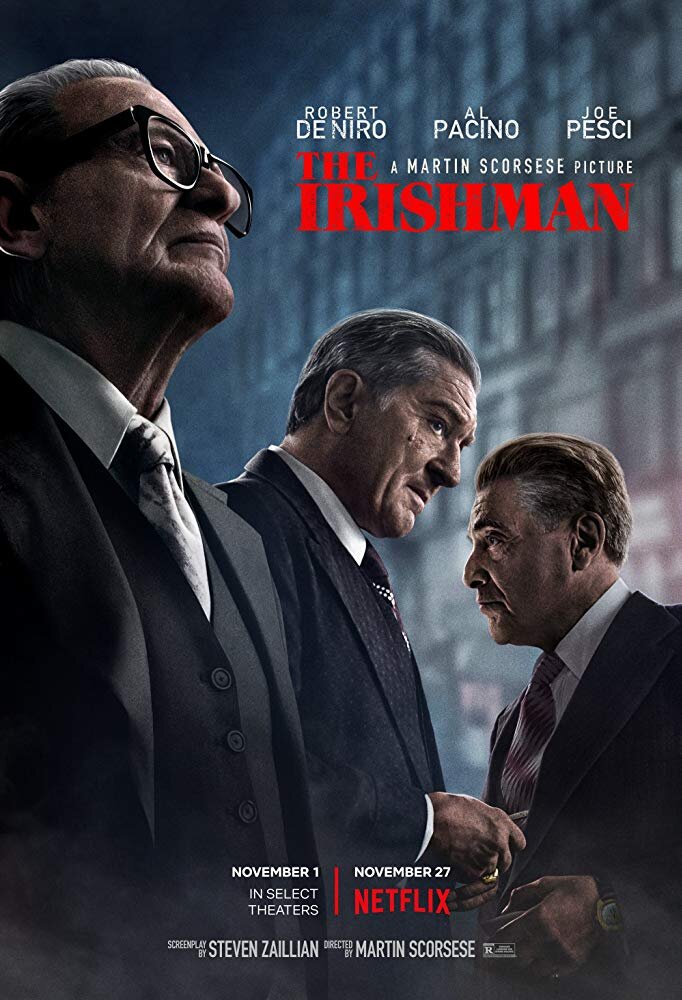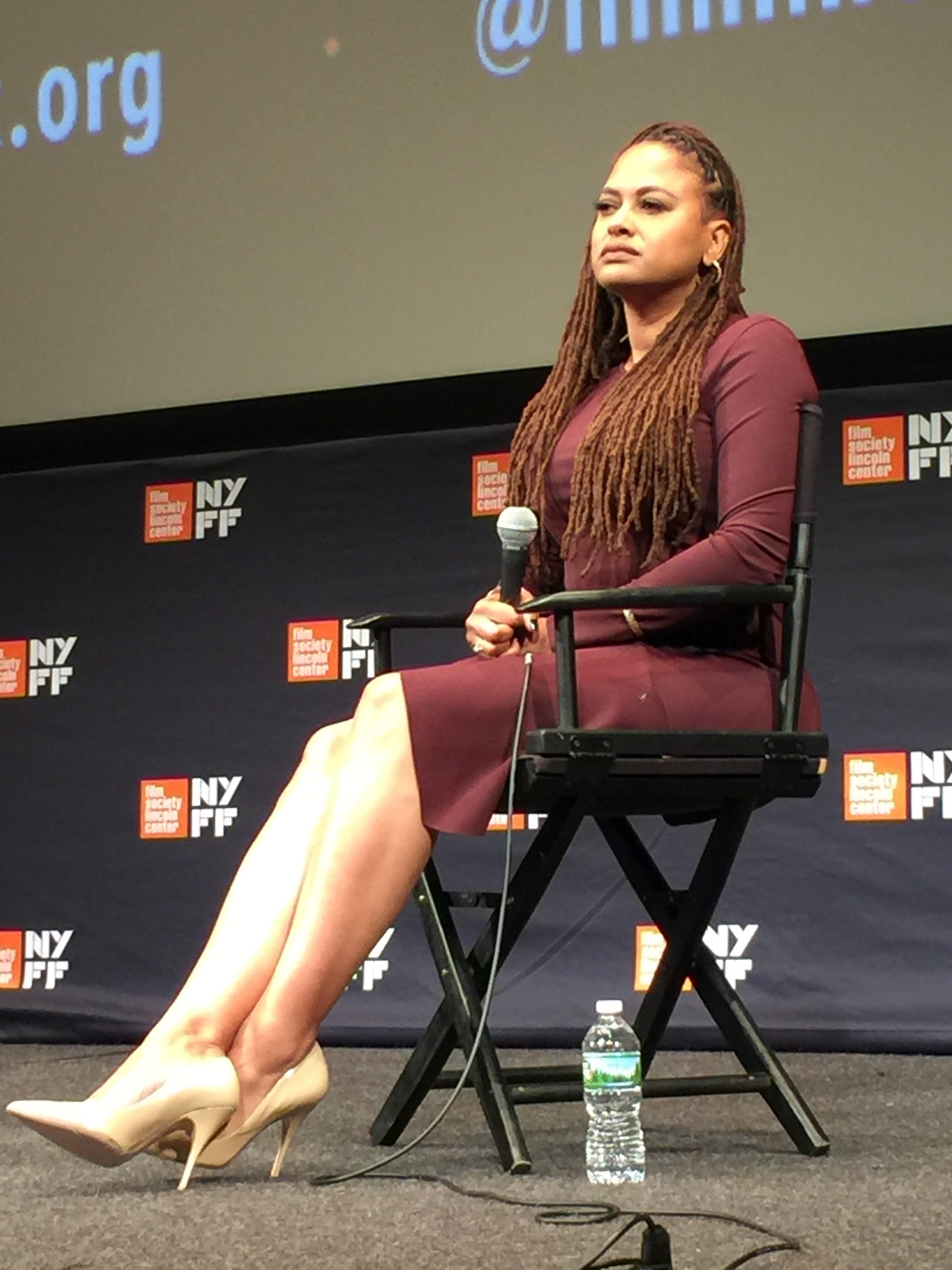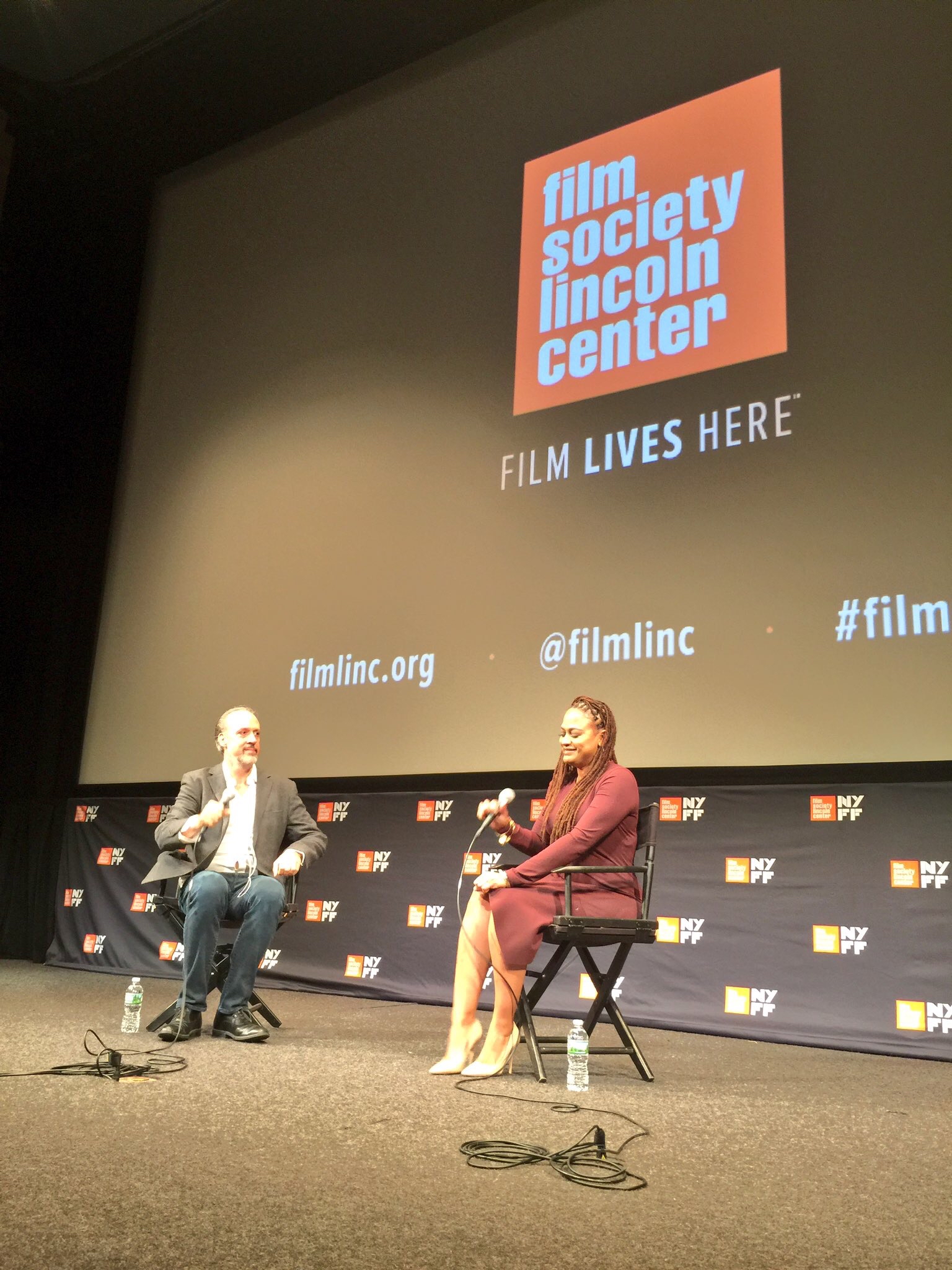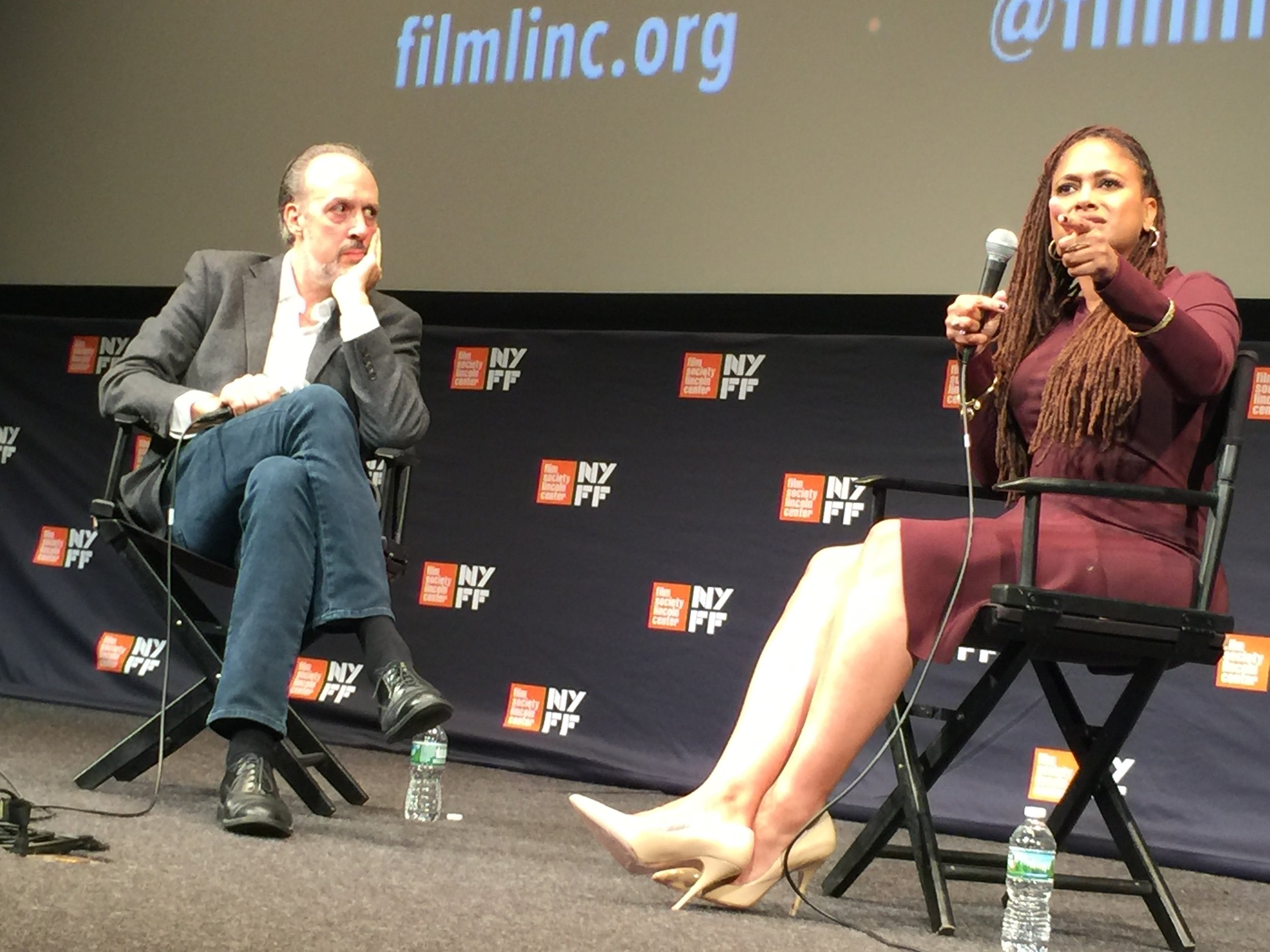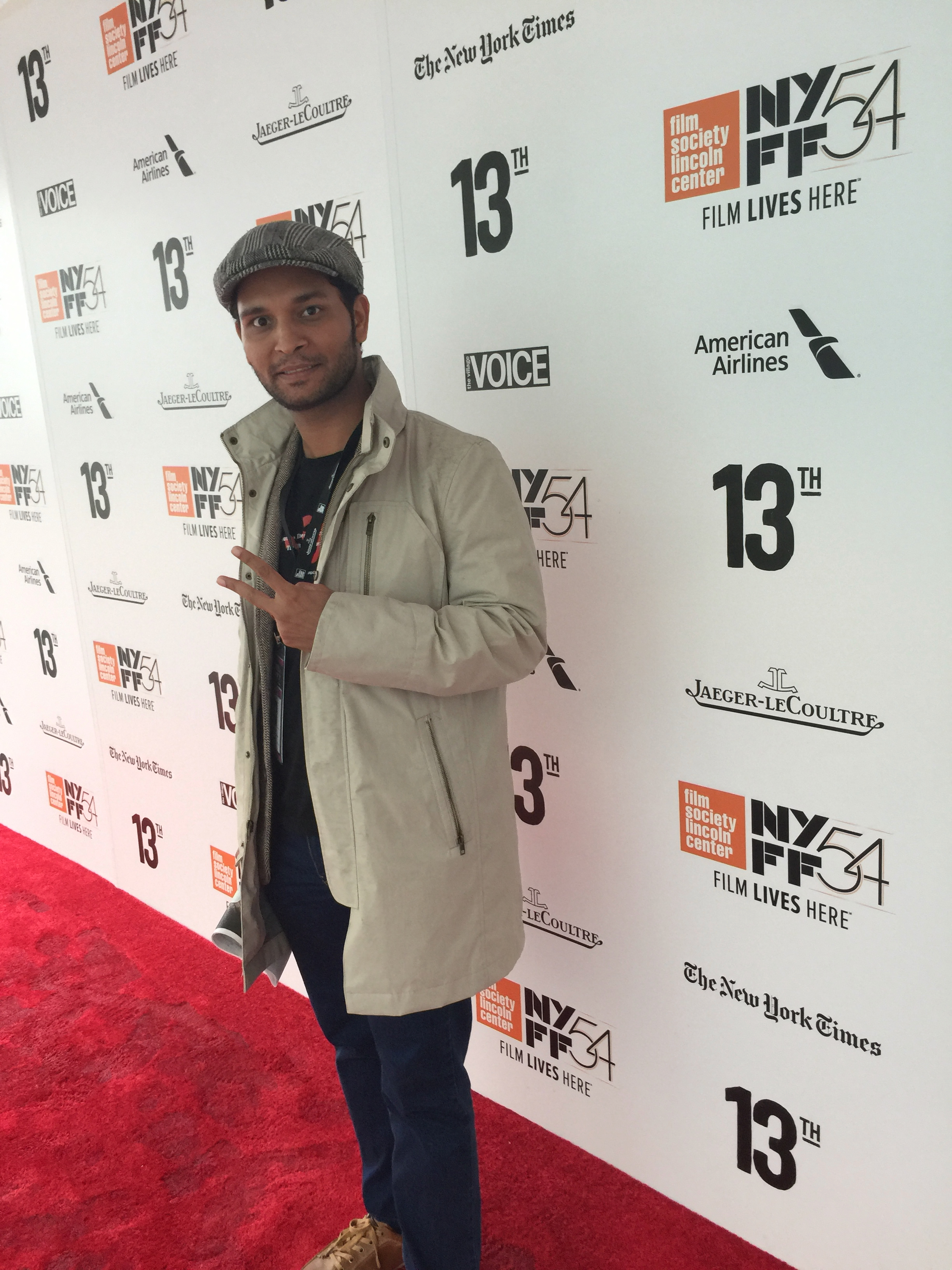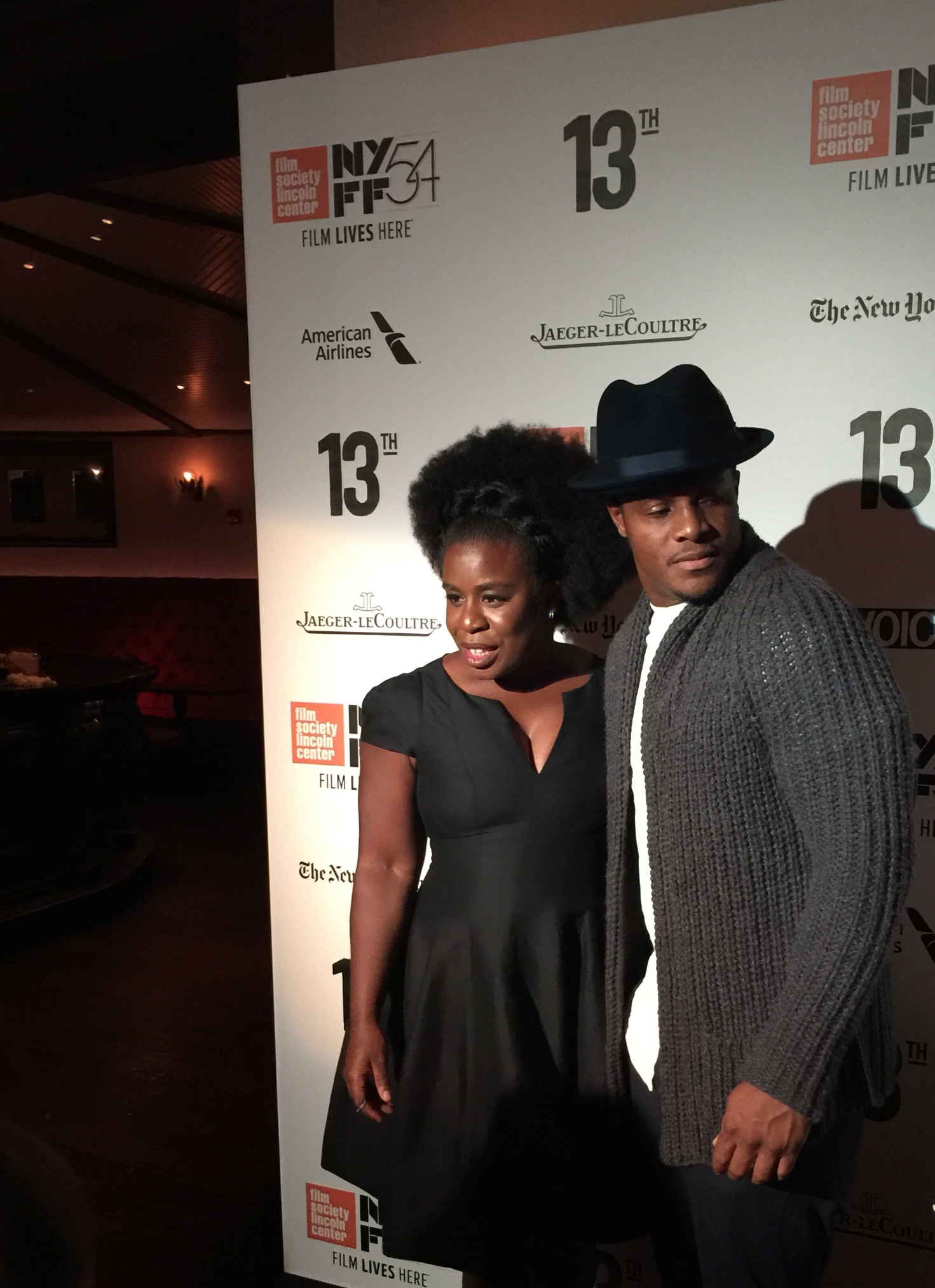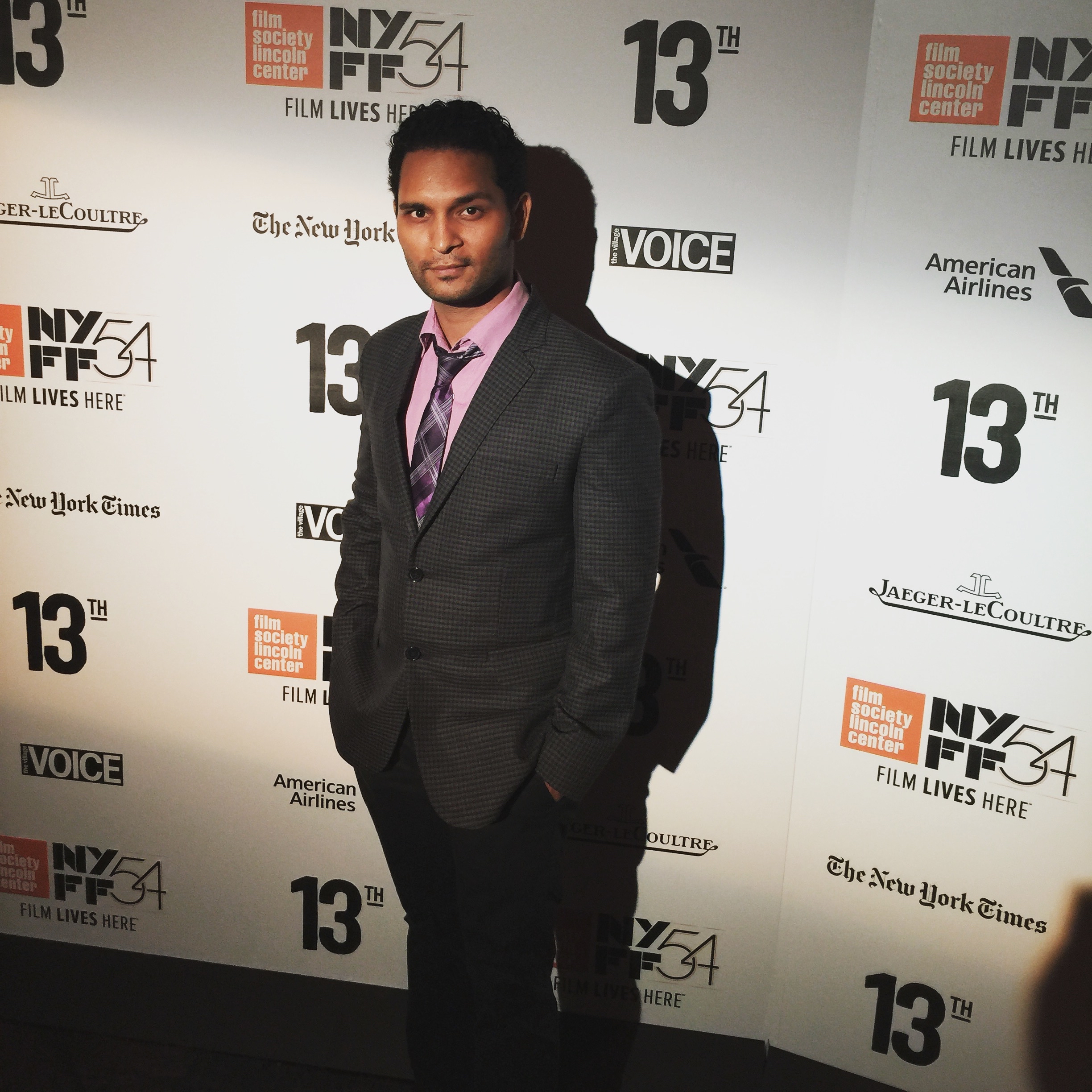SALVATION ARMY (L’armée du salut)
Abdellah Taïa, France/Morocco/Switzerland, 2013, DCP, 81m
French and Arabic with English subtitles
Like the book it’s based on—Abdellah Taïa’s own 2006 landmark novel—the Moroccan author’s directorial debut is a bracing, deeply personal account of a young gay man’s awakening that avoids both cliché and the trappings of autobiography. First seen as a 15-year-old, Abdellah (Saïd Mrini) habitually sneaks away from his family’s crowded Casablanca home to engage in sexual trysts with random men in abandoned buildings. A decade later, we find Abdellah (now played by Karim Ait M’hand) on scholarship in Geneva, involved with an older Swiss professor (Frédéric Landenberg). With a clear-eyed approach, devoid of sentimentality, this wholly surprising bildungsfilm explores what it means to be an outsider, and with the help of renowned cinematographer Agnès Godard, Taïa finds a film language all his own: at once rigorous and poetic, worthy of Bresson in its concreteness and lucidity. A New Directors/New Films 2014 selection. A Strand Releasing release.
Opens January 23 for exclusive one-week engagement
FILM DESCRIPTIONS
Opening Night
The Muses of Isaac Bashevis Singer
Asaf Galay & Shaul Betser, Israel, 2014, 72m
English, Hebrew, and Yiddish with English subtitles
Nobel Prize winner Isaac Bashevis Singer was a charming enchanter both on the page and in his romantic life. This surprising and unflinching documentary explores, through poignant interviews and exclusive archival footage, the unknown history of one of his most vital sources of creative inspiration: his translators. Dozens of women throughout Singer’s life worked with him to open the doors to his singular Yiddish prose for the rest of the world to enjoy, and his relationships with many of them blurred the lines between the professional and the personal. This is their story, and his—as well as a story of the arts of literature, translation, love, and life itself. U.S. Premiere
Wednesday, January 14, 4:00pm & 8:45pm (Q&A with Asaf Galay and Shaul Betser at both screenings)
Closing Night
Felix and Meira
Maxime Giroux, Canada, 2014, 105m
French, English, and Yiddish with English subtitles
In the Mile End neighborhood of Montreal, hipsters and Hasidim coexist amicably but independently. When Meira, an Orthodox wife and mother with an undercurrent of rebelliousness, meets Felix, a middle-aged atheist adrift without family ties, a slow-booming affair takes shape that will present Meira with a difficult fork in the road. Felix and Meira unfolds like a classic forbidden-love novel, stylized by cinematographer Sara Mishara’s shadowy, underlit lensing and set on overcast wintery streets. An Oscilloscope Laboratories release. U.S. Premiere
Thursday, January 29, 3:30pm & 9:00pm (Q&A with Maxime Giroux at both screenings)
Gett: The Trial of Viviane Amsalem
Ronit & Shlomi Elkabetz, Israel/France/Germany, 2014, 115m
Hebrew and French with English subtitles
Israel’s Foreign Language Oscar submission, Gett: The Trial of Viviane Amsalem is a dramatic adaptation of a harrowing true story set in a Mizrahi Orthodox enclave in Israel. The title heroine has spent five years in a stalemate fighting for a divorce that, according to religious law, requires her husband’s full consent. As he continues to refuse, Viviane fears that her life may never proceed freely, and the courtroom struggles grow increasingly surreal. Ronit Elkabetz (who co-directed with her brother) delivers an unforgettable performance in the lead role. A Music Box Films release. New York City Premiere
Wednesday, January 21, 3:15pm & 9:00pm (Q&A with Ronit and Shlomi Elkabetz at both screenings)
The King of Nerac
Guy Natanel & Annie Sulzberger, UK/Denmark, 2013, 76m
David Breuer-Weil’s vast, apocalyptic canvases stare unflinchingly at the horrors of 20th-century history, and his colossal, dynamic sculptures dominate public spaces around the world from London to Jerusalem. This pure and meditative film takes advantage of unique access to illuminate a thoughtful portrait of its fascinating, reclusive subject: a modern-day Gauguin who gave up a career as one of the world’s leading art dealers to embark on a life of creativity and contemplation. World Premiere
Tuesday, January 20, 9:00pm (Q&A with Guy Natanel, Annie Sulzberger, and producer Paul Goldin)
Wednesday, January 21, 1:00pm (Q&A with Guy Natanel, Annie Sulzberger, and producer Paul Goldin)
Now playing, until January 11th
LET THERE BE LIGHT: THE FILMS OF JOHN HUSTON
December 19 – January 11
Let There Be Light: The Films of John Huston, is a retrospective spanning five decades of the filmmaking legend’s iconic works, mostly as director, but also as screenwriter and actor. Huston was one of the greatest filmmakers of Hollywood’s golden age: an artist of great toughness, conviction, and eloquence; a master storyteller; a hardened cynic; a reluctant romantic; a stellar director of actors, and a brilliant actor himself.
Long before striding in front of the camera to show Jack Nicholson’s character in Chinatown what men at the right place and time are capable of, John Huston established himself as one of the 20th century’s most accomplished film artists. With over a decade of writing credits by the time he assumed the director’s chair, he would later add producing and acting to his arsenal, racking up 15 Oscar nominations. His father, Walter, and daughter Anjelica both earned statuettes under his baton as director, making for one of the medium’s most formidable and collaborative dynasties. They are the only family to win Oscars in three successive generations.
Huston received his first Academy Award nomination for writing Dr. Ehrlich’s Magic Bullet in 1940, and in 1941 he directed his first feature, the film noir masterpiece The Maltese Falcon, quickly securing his place among Hollywood’s great directors (as well as turning Humphrey Bogart into a leading man; Bogart would routinely be cast in Huston’s next few films). In 1948, he won Academy Awards for writing and directing The Treasure of the Sierra Madre (which also netted his father a Best Supporting Actor Oscar), and in 1951 earned two more Oscar nominations and a Best Actor Oscar for Bogart in The African Queen.
Across his career, Huston directed over 40 films, wrote more than 20, and acted in nearly 30, including his notorious turn as villain Noah Cross in Roman Polanski’s crime masterpiece, Chinatown, in 1974. He experimented with different genres and in 1982, at the age of 76, he directed his spirited first musical, Annie. His magisterial final work, The Dead (1987), starred his daughter Anjelica (two years after she won the Best Supporting Actress Oscar for his crime caper Prizzi’s Honor).
Huston has been called “cinema’s Ernest Hemingway… never afraid to tackle tough issues head on,” and though he was by no means a “message man” like Stanley Kramer, a glance at his filmography reveals incisive treatments of racism, sexual identity, religion, alcoholism, psychoanalysis, and war. A renaissance man unbound to genre, Huston was also a painterly stylist attuned to the look of each scene. His films continuously circle back to questions of faith and doubt, concealment and revelation, failure and victory, empathy and the limits of consciousness. And though one of Huston’s great talents was for finding robust, flexible cinematic vocabularies for literary texts, his films were consistently imbued with a wise, reflective, open-minded voice entirely his own.

